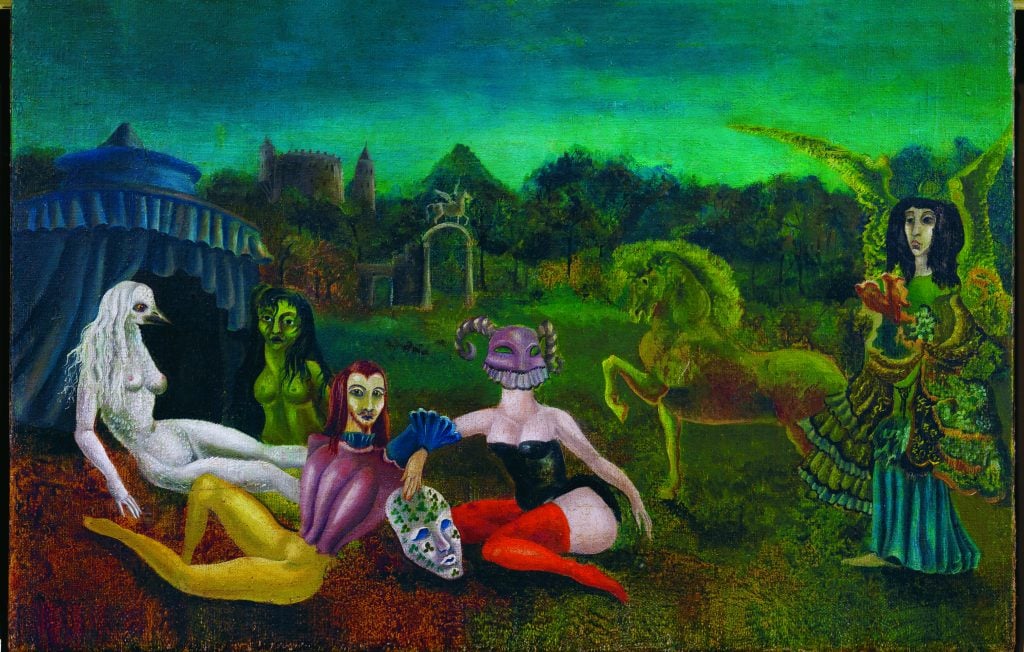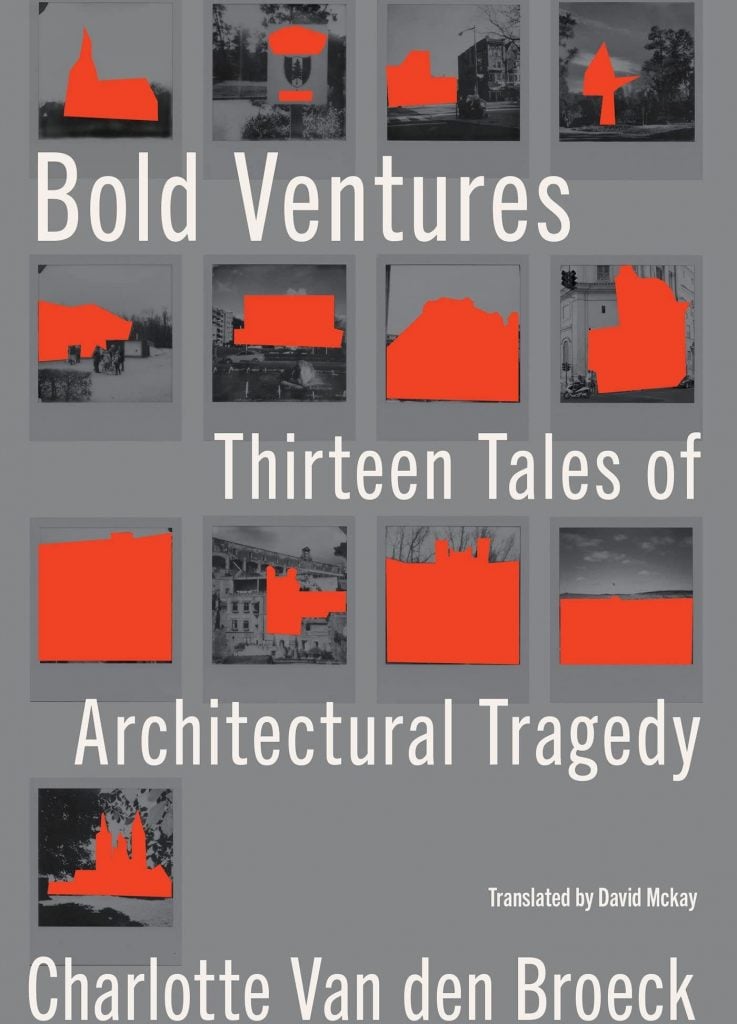The long days of summer are upon us, as is the season of page-turners and paperbacks that you can tote along on your vacation, weekend getaway, or during an afternoon at the park. Our writers and editors hand-picked recently published titles for those looking for some some literary escapes that have one (or two) feet in the art world—from a thrilling murder mystery about the curious case of disappearing clients from an auction house to a revelatory nonfiction looking at Hilma af Klint’s women-only painting group and a world-famous painter who made his work 50 feet under the sea.
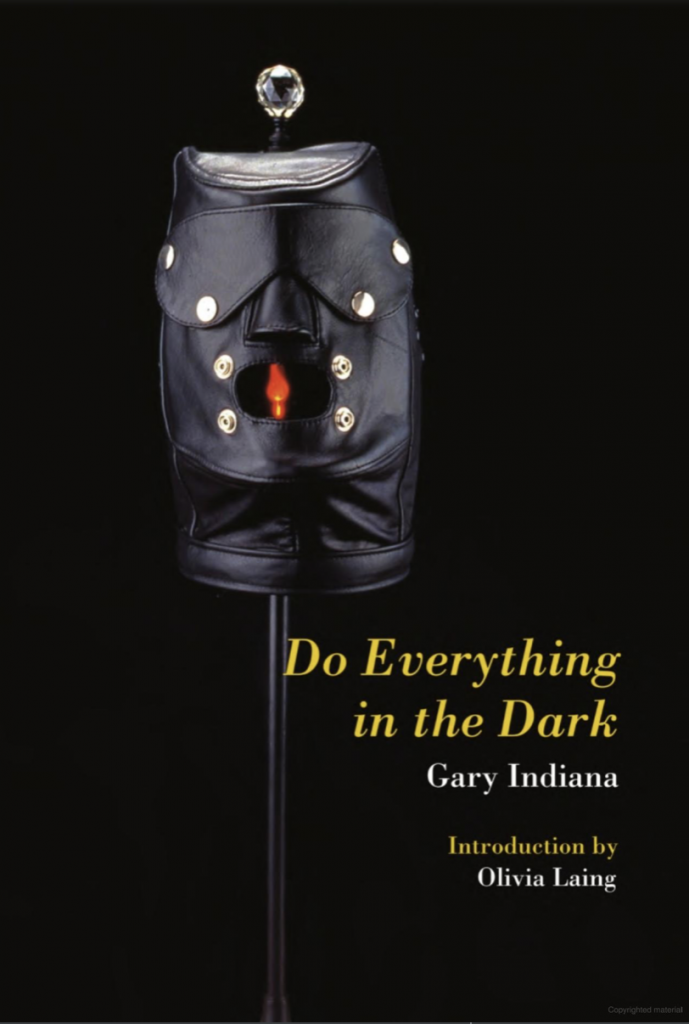
Following the success of the legendary East Village poet laureate Gary Indiana’s latest novel, Rent Boy, Semiotexte has republished his 2003 novel Do Everything in the Dark, complete with an introduction by Olivia Laing. Similar to Rent Boy, the novel takes the form of a series of correspondences. Written from the perspective of a curator, a global perspective on the state of bohemia is put on full-blast, with tales from culturati that elicit laughter, disgust, and new perspective on how the art world got to where it is today.
—Annie Armstrong
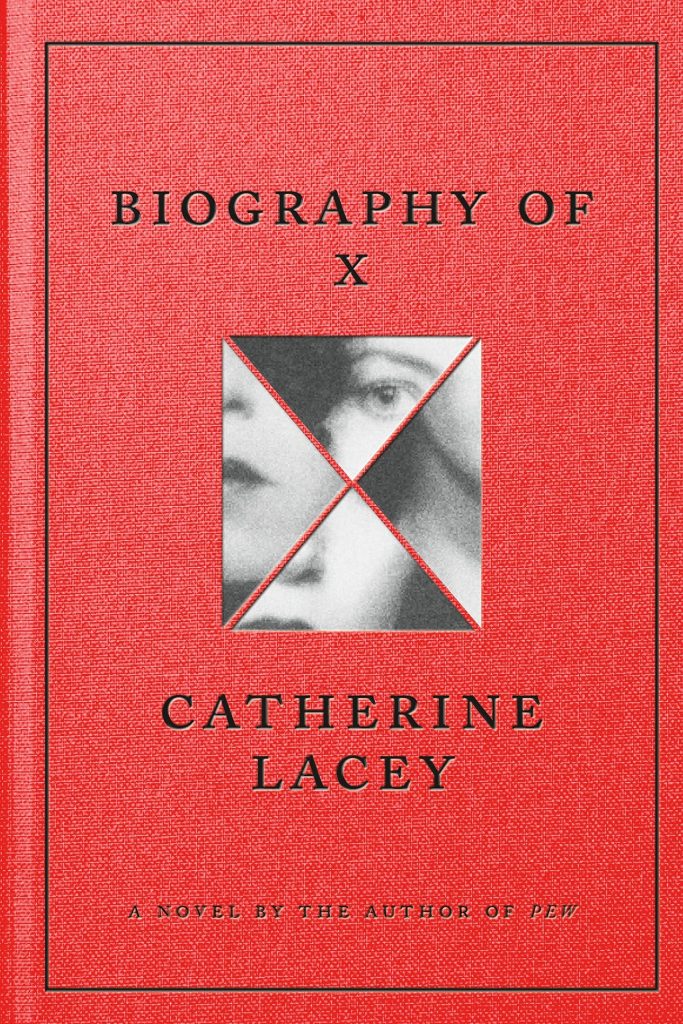
Among the most widely acclaimed novels of the year so far, Biography of X is an ambitious meta-fiction in which the narrator, a former investigative journalist, attempts to unearth the hidden past of her widow, a revered yet enigmatic multidisciplinary artist. Admirers and detractors alike knew that beneath the artist’s bare-bones chosen name (yes, just X) churned a rotating series of identities adopted and discarded for projects that blurred the lines between art and life. (Soft spoiler alert: In one example, X became both an uptown New York socialite who wrote memoirs of searing despair and the allegedly Italian founder of a boutique press that published those memoirs.) Yet what gradually emerges from the inquiry is an even more complex truth about the multitudes a single person can contain, especially when necessity and drive intertwine.
Adding to the intrigue is Catherine Lacey’s choice to thread her characters into an alternate American history defined by a second secession, a triumphant democratic socialism, and a cultural landscape dominated by women that nonetheless still accommodates encounters with actual male luminaries like David Bowie, Arthur Jafa, and Richard Serra. Although the end result deserves a healthy dose of critique alongside the accolades, Biography of X is almost guaranteed to be a hot topic of conversation in and around art world gatherings this summer.
—Tim Schneider
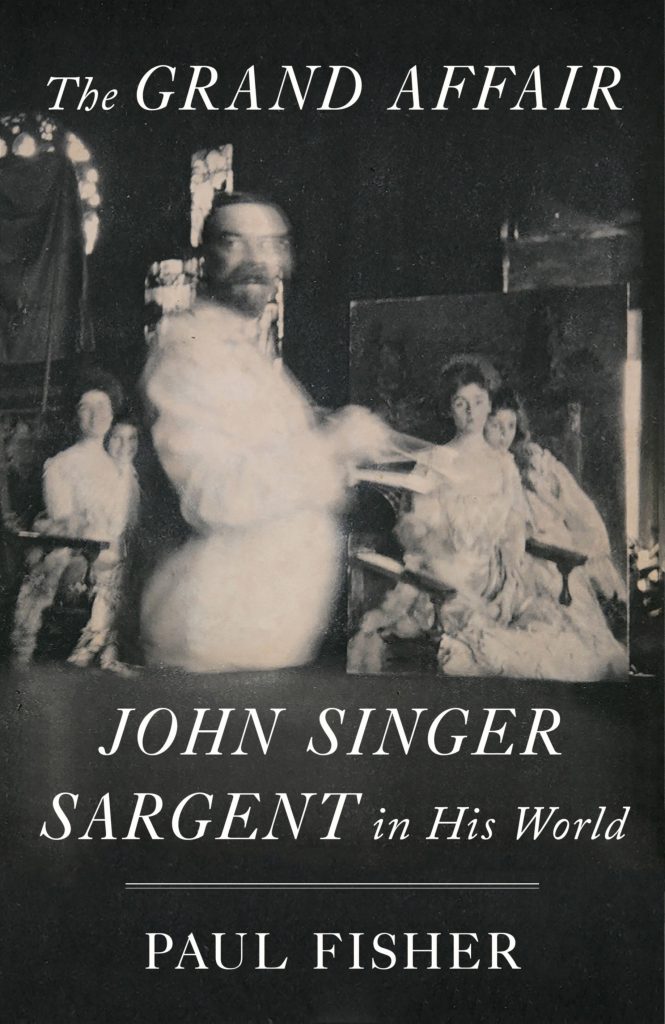
Paul Fisher has put together an extremely detailed biography of the great American painter John Singer Sargent, who was born in Florence in 1926 and lived most of his life traveling throughout Europe. The pages are filled with speculation about Sargent’s sexuality, largely fueled by his many drawings of male nudes and close friendships with other male artists, as well as his model and personal valet of over 20 years, a young Italian man named Nicola D’Inverno. But the book also pays close attention to the high-profile women who served as Sargent’s patrons and muses—and could sometimes get him into trouble by inspiring portraits too provocative for their time, like Virginie Amélie Avegno Gautreau, subject of his infamous Portrait of Madame X, and even Isabella Stewart Gardner.
—Sarah Cascone
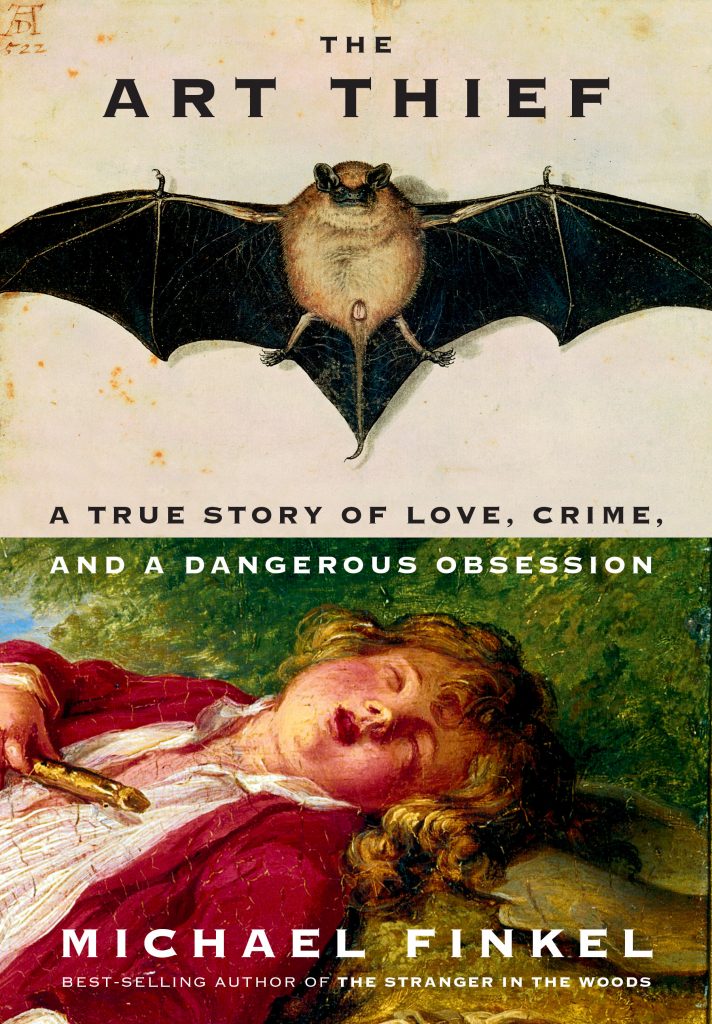
I read this nonfiction book while lying on a sandy towel over a weekend, and I can confirm that it is the definition of a beach read: not too challenging, very engrossing and sensational, and fun—it has Netflix mini-series appeal. The stranger-than-fiction entirely true story is a ride-along tale with the French convicted criminal Stéphane Breitwieser and his girlfriend as they drive around Europe in the 1990s, visiting its many museums on a fine art shoplifting spree. It also follows the burly detectives who eventually get on their tail.
Michael Finkel’s interview with Breitweiser uncovers the thief’s version of his motivations and the backstory behind what is the biggest known art heist in the world: Breitwieser stole at least 200 different art objects totaling around $2 billion, only to stow it in his attic apartment where he lived with his mother. Is Breitweiser an aesthete and a collector or just a kleptomaniac? The Art Thief‘s author leans towards the former in this pulp nonfiction that explores what extremes people will go to (and how much they are willing to lose) for the love of art.
—Kate Brown
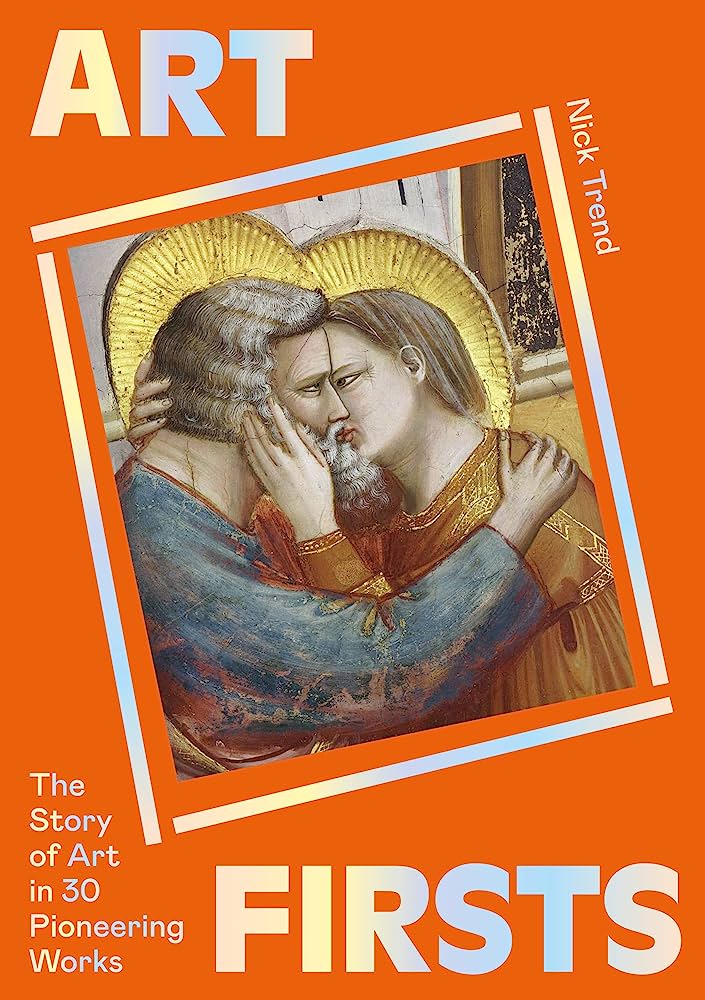
In attempting to identify art historical firsts—the first romantic kiss, the first self portrait, the first accurate portrayal of perspective—Nick Trend has hit upon a fun approach to the subject that covers some of the world’s most famous works as well as shining a light on some hidden gems. Each of the 30 chapters is short and digestible (in other words, perfect if you only want to read a few pages before bed), and includes not only the back story of that pioneering work, but important later examples of the genre or subject. It will also get you thinking about all sorts of things you never considered, and send you down more than one Wikipedia rabbit hole.
—Sarah Cascone
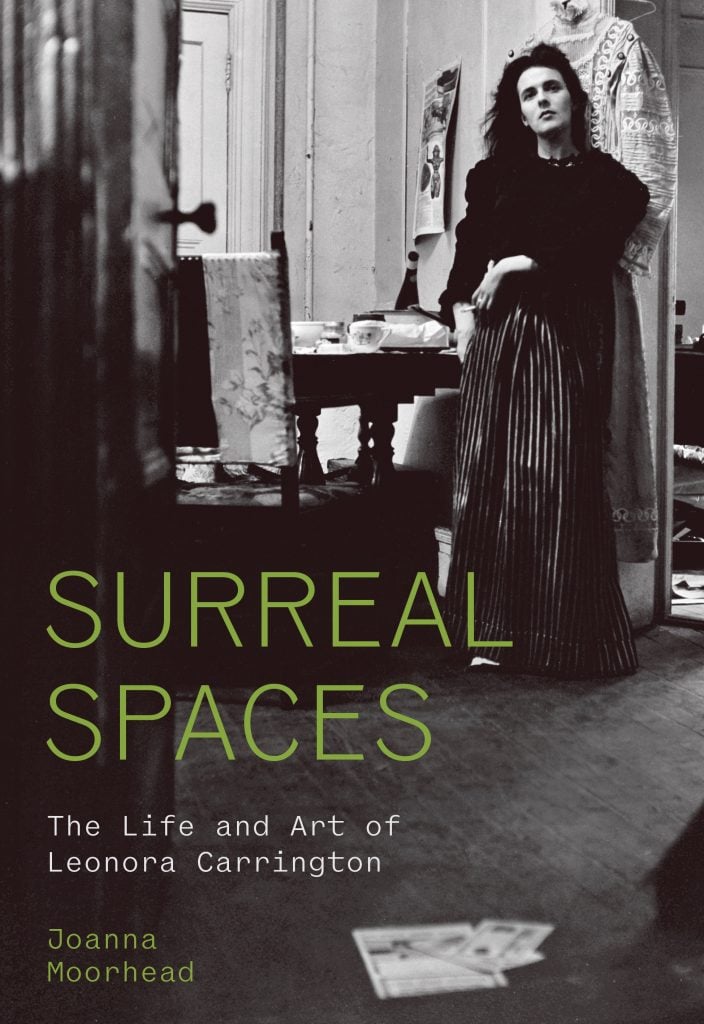
After Cecilia Alemani’s Venice Biennale in 2022, which was named “The Milk of Dreams” after a book by the surrealist artist Leonora Carrington, overnight the artist become a household name. For the journalist Joanna Moorhead, a familiarization with Carrington came about more than a decade earlier, when she went to track down her cousin-once-removed in Mexico. Carrington had grown estranged from her family. Moorhead wrote a book in 2017 about the experience of getting to know this long-lost family member and her incredible oeuvre; this new tome dives deeper than the previously published The Surreal Life of Leonora Carrington. Moorehead‘s newest photo-heavy title roves from Lancashire to London, and from Mexico to New York, exploring the spaces that influenced Carrington‘s thinking, writing, and painting.
—Kate Brown
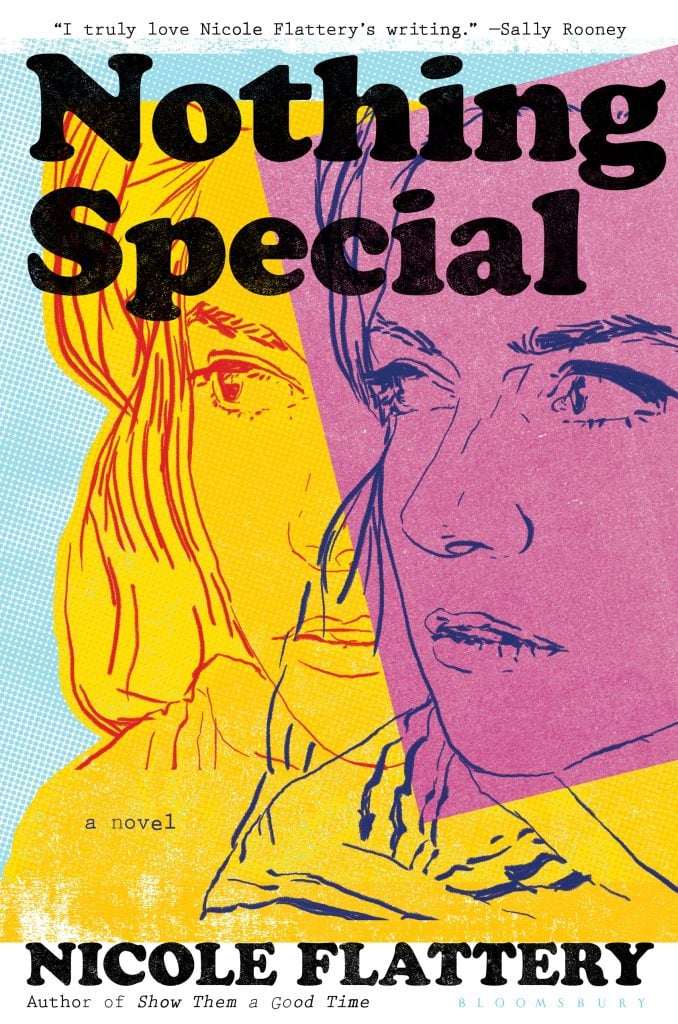
Nothing Special by Nicole Flattery. Courtesy of Bloomsbury Publishing.
The protagonist of Nicole Flattery’s darkly evocative debut novel is Mae, a restless teen in the early 1960s who is hunting escape, kicks, and meaning when she stumbles into a “secretarial job” at Andy Warhol’s Factory. There, she and a fellow typist spend a stretch of summer transcribing cassette tapes of Warhol’s phone conversations with his comrades (a corpus of material that would make up his 1968 book a, A Novel), unearthing more than idle gossip along the way.
Nothing Special will not go as far as to name Warhol. Instead, it offers the merest silhouettes of the Pop artist, his studio, and his cadre of Superstars—the space identified by its silver-painted walls, and Warhol by an almighty “he.” It’s a distance befitting Mae’s position in the Factory’s margins, her experience mediated by cassette recordings, but one that nonetheless pinpoints the delirious—and destructive—allure of Warhol’s circle. “What a strange world they had made for themselves,” she reflects, “full of scorn and rage and competition, with moments of giddiness.”
—Min Chen
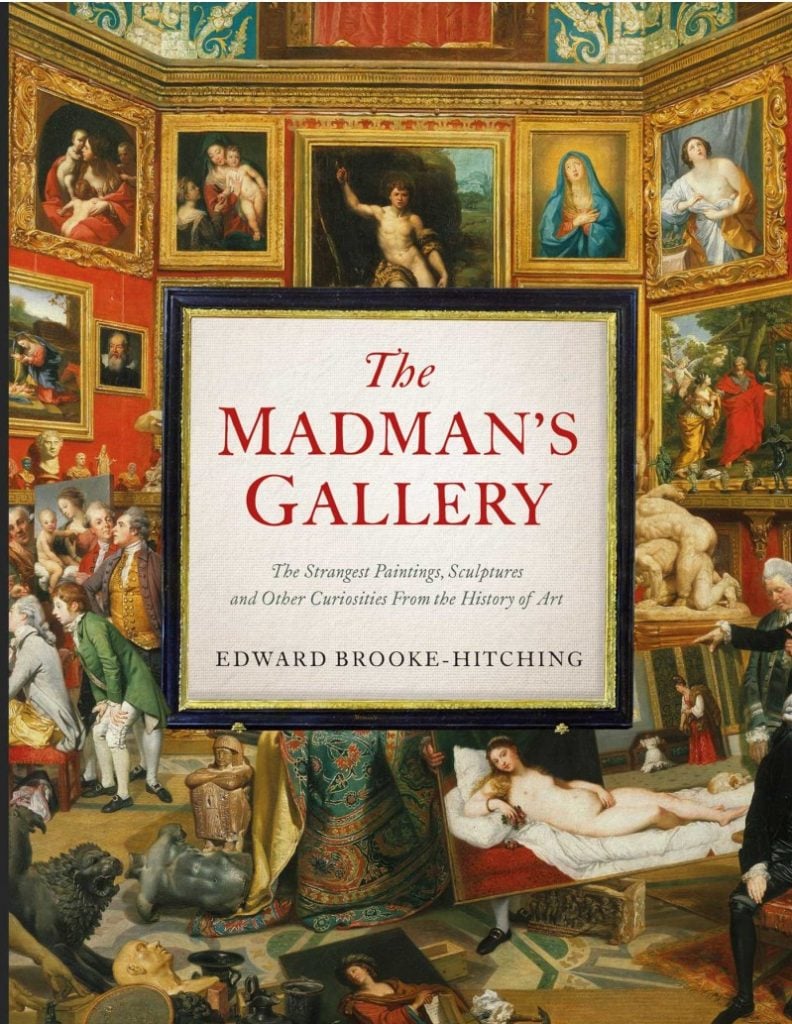
In this beautifully illustrated tome, Edward Brooke-Hitching explains some of art history’s most unique works of art—many of which you probably have never seen, like Cornelius van Dalem’s 16th-century painting of bakery patrons lining up to have their heads chopped off for stew and replaced with cabbages. (It’s an illustration of a legend from the Middle Ages.) The most fascinating entry might have to be the one about Zarh Pritchard, a British-American artist who became the first person to paint underwater, and whose work was collected by the legendary art dealer Joseph Duveen. Organized chronologically, the book ends with a section on A.I. art focusing on Portrait of Edond de Belamy that Christie’s auctioned for $432,500 in 2018—but even in the few months since publication in October, the still-nascent field has begun yielding far more impressive (and unsettling) works.
—Sarah Cascone
I came to this book expecting a detailed rundown of high-profile architectural projects that went wrong in dramatic ways. Instead, its a far more personal tome, in which author Charlotte Van den Broeck explores her own emotions and insecurities as she attempts to uncover the biographies of 13 architects who killed themselves, or were rumored to have done so, in response to their professional disgrace. These aren’t necessarily buildings you’ve heard of (one tale is about an architect of a swimming pool, and another about a 17-century church in France with a twisted spire), but Van den Broeck weaves them all into a larger narrative about the heights of human creativity and the depths of despair, and how they are more closely linked than one might expect.
—Sarah Cascone
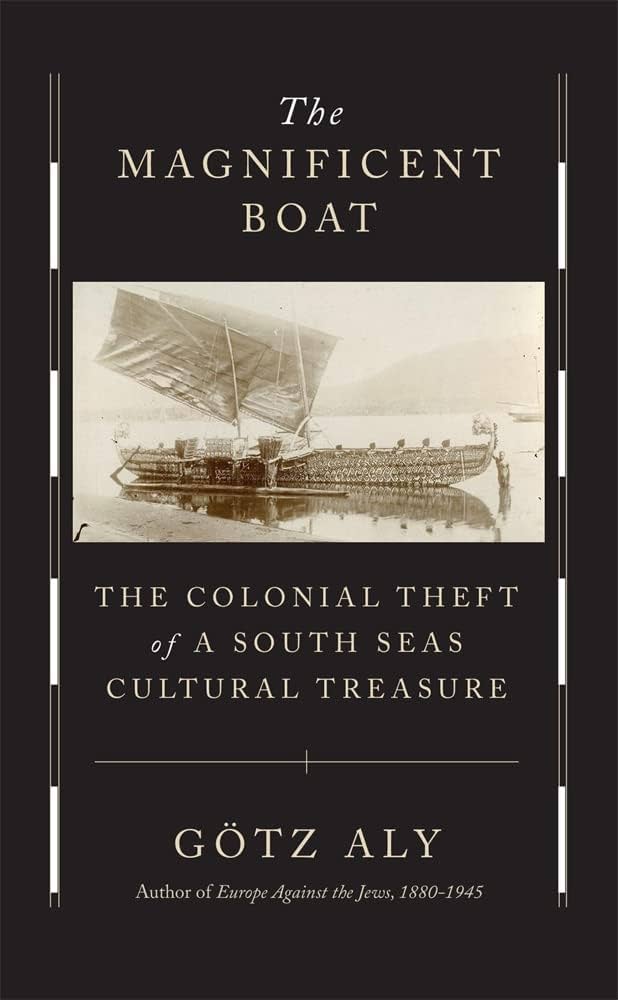
In recent years, there’s been a reckoning at many Western museums regarding the illicit origins of objects in their collections acquired during the colonial period. But while you’ve probably learned about the restitution controversies surrounding the Benin bronzes, the treasures of the Chinese Summer Palace, and Native American remains and spiritual objects, you may not have ever considered the colonization of the South Pacific, which not only scattered native artifacts across foreign institutions, but proved deadly to many of the Papua New Guinea artisans who made them.
Author Götz Aly—whose great-grand-uncle had a South Seas island named after him for his work as a naval chaplain there—takes one particularly impressive regional artifact as a case study: a massive, beautifully decorated outrigger boat from the island of Luf. The fate of the people of Luf and the neighboring islands is absolutely heartbreaking—but the fact that the boat is a premiere work at Berlin’s Humboldt Forum, which completely glossed over the vessel’s tragic history at its high-profile 2018 opening, is nothing short of shocking.
—Sarah Cascone
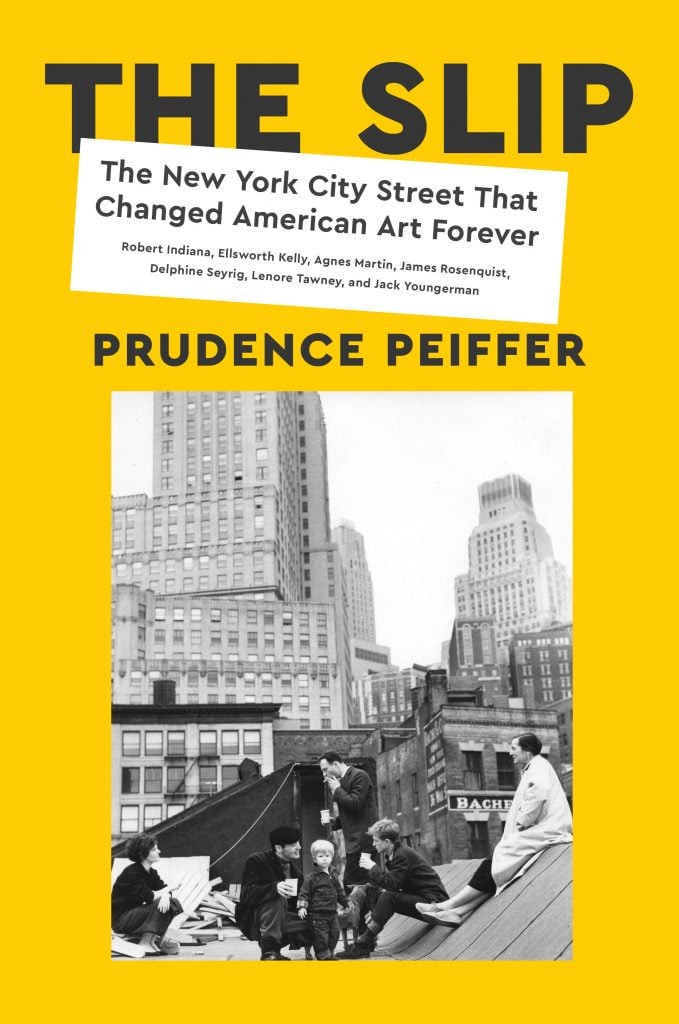
The Slip by Prudence Peiffer. Courtesy of Harper.
Prudence Peiffer’s nonfiction work is not a portrait of an art movement or style, but of a place—specifically, a low-key street “at once center and edge” of Manhattan’s cultural hub. For a decade starting in 1956, Coenties Slip would house the likes of John Cage, Cy Twombly, Larry Poons, and Jasper Johns, but Peiffer’s focus is on seven emerging artists whose rise coincided with their residence at the Slip.
Her vivid chapters recount how Ellsworth Kelly made the best of the natural light on the roof of 3–5 Coenties, how the neighboring East River ran through the works of Lenore Tawney and Agnes Martin, and how the fertile milieu led one Robert Clark to reinvent himself as Robert Indiana. “It’s really great to be able to live and paint,” said James Rosenquist of his time on the Slip, “and have a big party afterward.” The sum is a picture of a community of artists shaped by a place, while actively shaping their own place in a pre-Pop era.
—Min Chen
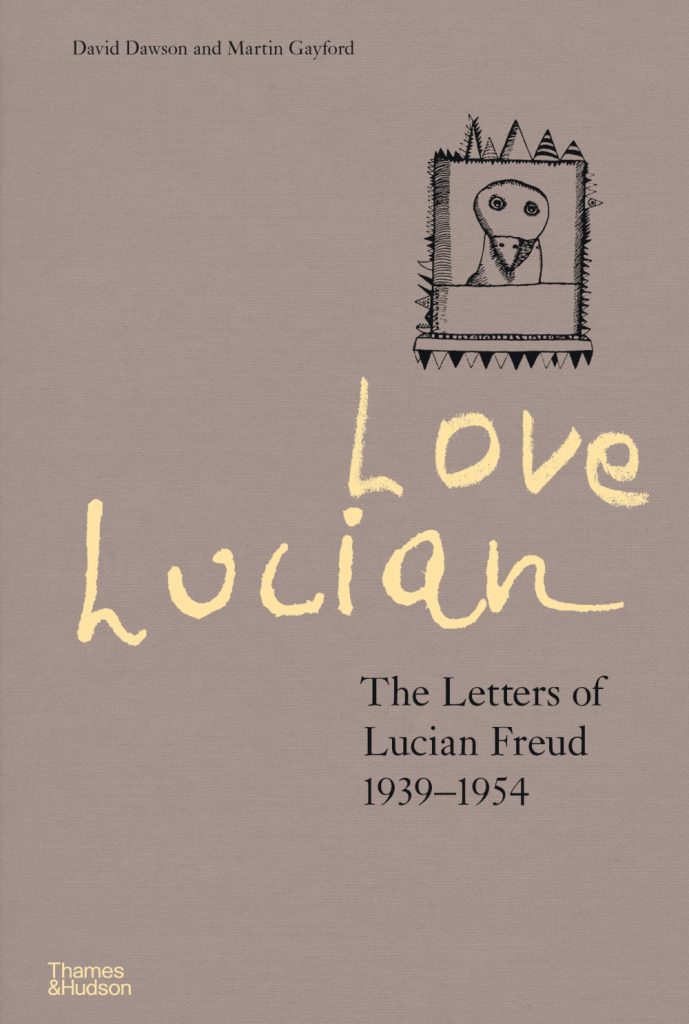
Though not exactly a light beach read, this hefty, cloth-bound tome will stand-out on any art lover’s coffee table. Lucien Freud’s former assistant, David Dawson, and friend, Martin Gayford, have compiled previously unseen letters written by the notorious British painter during his younger years, from early adolescent musings up until he was an established artist at the age of 31. The book doesn’t simply quote Freud’s correspondence, but reproduces the original so that his strangely childish scrawl, annotations and off-the-cuff doodles are all preserved for our analysis as though artworks in their own right. Most of these missives are light and humorous in tone, so much so that some readers may find they contain a surprising lack of artistic introspection. Nonetheless, they certainly capture something of the artist’s roguish and irreverent character.
—Jo Lawson-Tancred
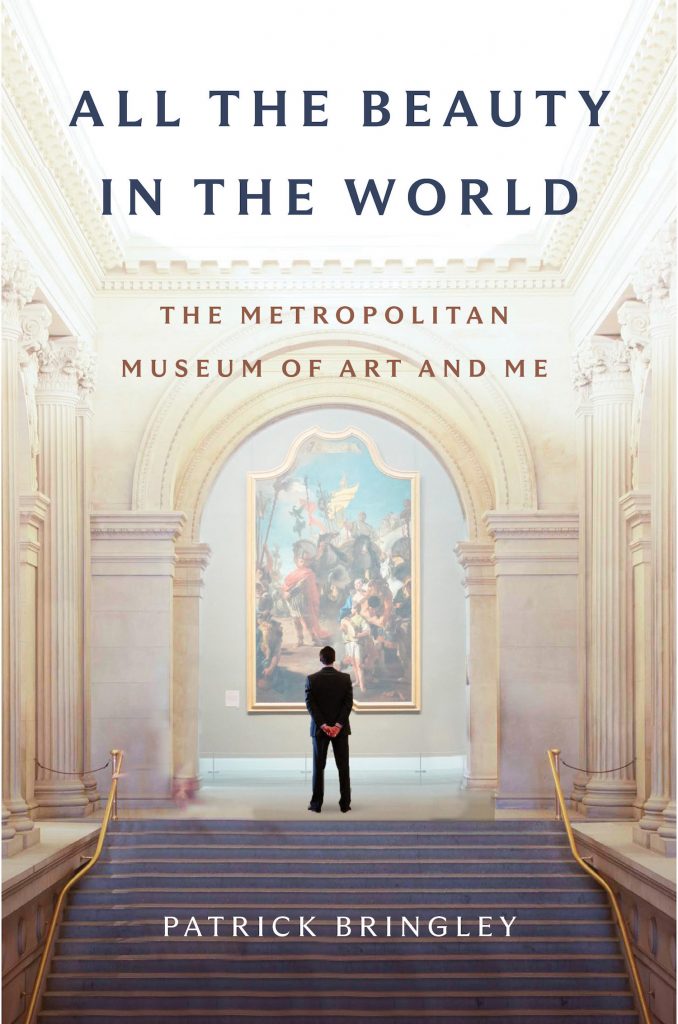
This might be the best book I’ve read all year, not even limited to the “art” category. In Patrick Bringley’s first book, the New Yorker writer-turned-Metropolitan Museum of Art guard chronicles the decade he spent working inside one of the world’s most popular and sprawling museums. It is at once a love letter to the Met, a crash course in art history, and a tribute to the healing power of art.
—Eileen Kinsella
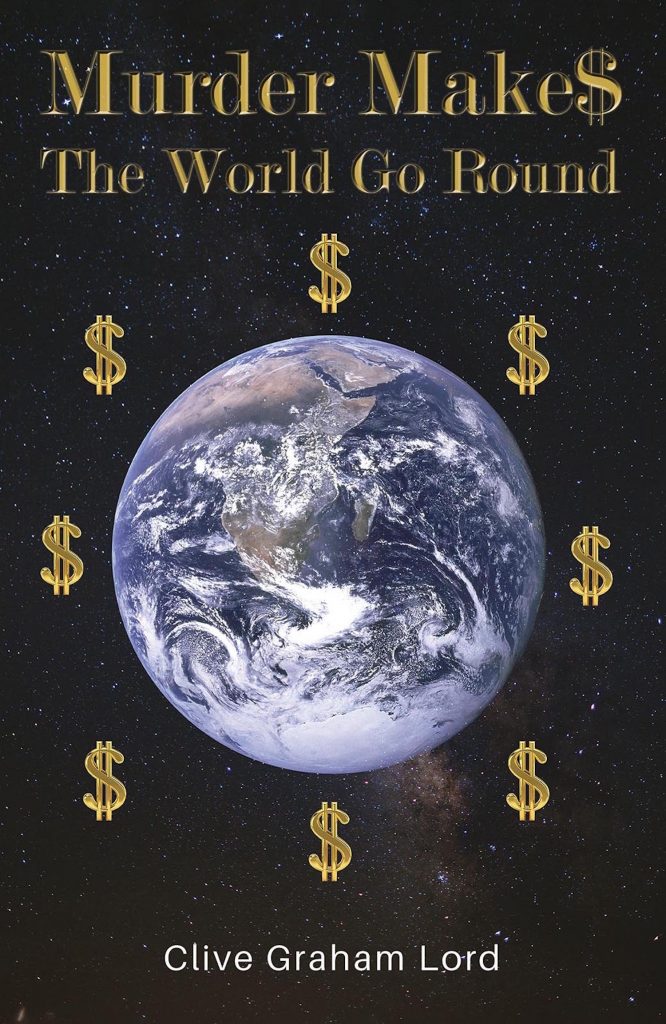
From a veteran Sotheby’s executive, this book, described as a light-hearted, at times hilarious murder mystery, is set in the international art world at “the world’s oldest house,” which in this fictional setting is known as “Mount’s.” The newly appointed head of the art squad travels the world with her intern, investigating the mysterious deaths of a number of clients that took place over a span of six years. Their shocking discoveries traumatize “the whole art world.”
—Eileen Kinsella
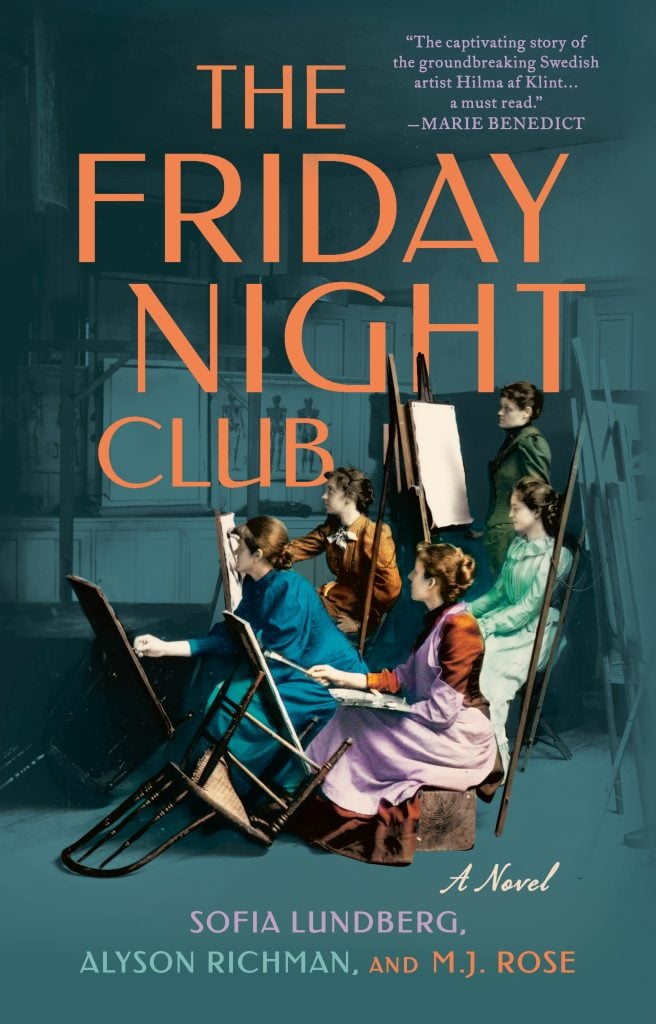
It’s somewhat fitting that this fictional account of Hilma af Klint’s pioneering work in abstraction is written by three women: the book makes the case that Klint’s “Paintings for the Temple” were actually a joint effort with Anna Cassel, Sigrid Hedman, and sisters Mathilda Nilsson and Cornelia Cederberg. Created under the guidance of a spirit guide, the paintings were an outgrowth of the weekly seance sessions held by the women, who called themselves the Five.
Unseen for decades at the artist’s request, Klint’s work achieved new renown during a blockbuster show that opened at New York’s Solomon R. Guggenheim Museum in 2018. The Friday Night Club cuts back and forth between Klint’s lifetime and the organizing of that breakthrough exhibition. Though it fictionalizes the contemporary portion, the historical chapters pose intriguing questions about the potentially collaborative nature of Klint’s groundbreaking paintings.
—Sarah Cascone
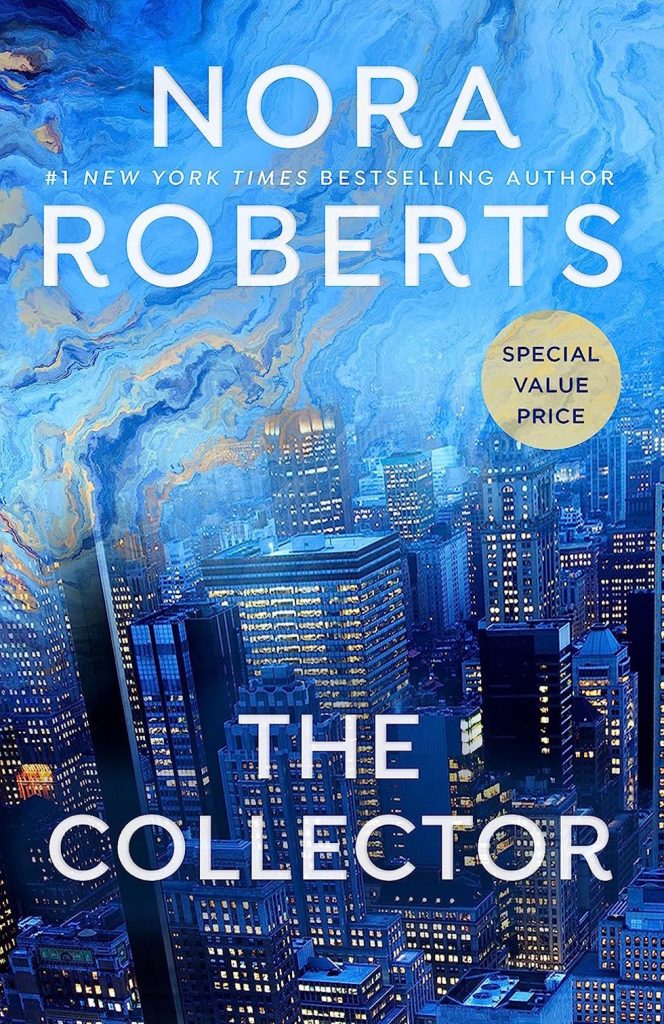
The plot spans elaborate New York City penthouses to palatial Italian villas, as artist Ashton Archer enlists a solitary woman, who also happens to be a professional house-sitter and the only person who witnessed his brother’s murder, to help him figure out what happened. Their investigation takes them deep inside the art world where priceless antiques are bought, sold, gambled away, and stolen—and where desire can turn deadly.
—Eileen Kinsella
More Trending Stories:
Artist Stuart Semple Is Releasing a ‘Barbie-Ish,’ Ultra-Fluorescent Pink Paint to Protest Mattel’s Trademark on the Color
An Australian Photographer Was Disqualified From a Photo Contest After Her Submission Was Mistakenly Deemed A.I.-Generated
Artist Tara Geer Goes Through Hundreds of Pencils a Day Creating Charcoal Drawings in Her Harlem Studio, Dog by Her Side
Famed Art Dealer Massimo de Carlo Has Revealed Plans for a Monumental Private Art Foundation in Italy. Here’s What We Know
Artist Michael Moebius Is Suing Fast Fashion Retailer Shein in a Landmark Case for Artists Going After Multinational Companies
He Overpaid, Bid Against Himself, and Hid a Monet in His Basement. Here’s What We Still Need to Learn From Visionary Art Dealer Joseph Duveen
Two 10th-Century Stone Idols, Which Were Stolen From a Temple in India and Found in a Garden Shed in the U.K., Will Be Repatriated
How Indie Band Manchester Orchestra Brought Its Latest Album to Life by Blending Music and Immersive VR Art
Influencers Are Realizing That A.I. Might Not Be a Magic Money-Making Machine For Artists After All
